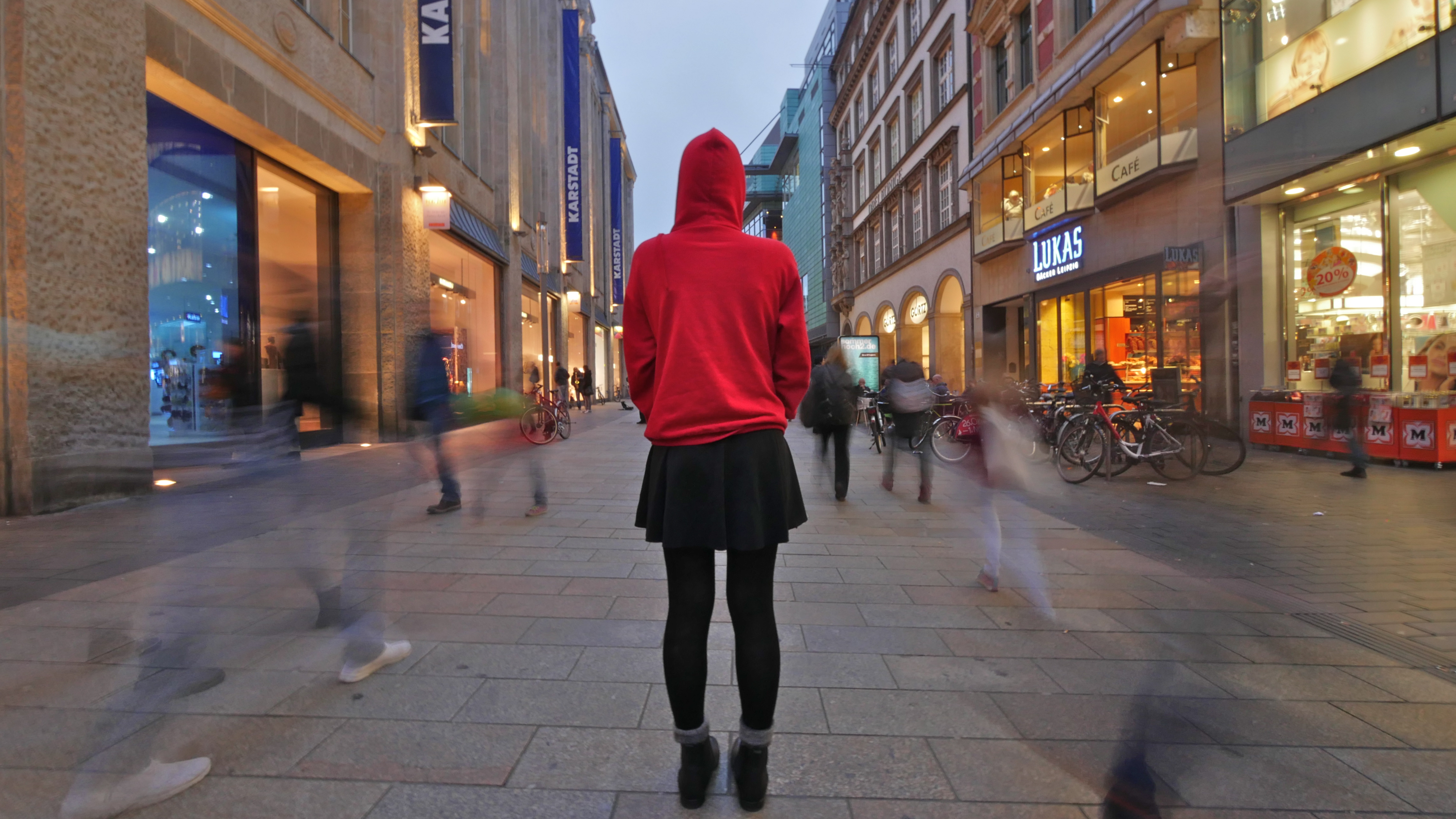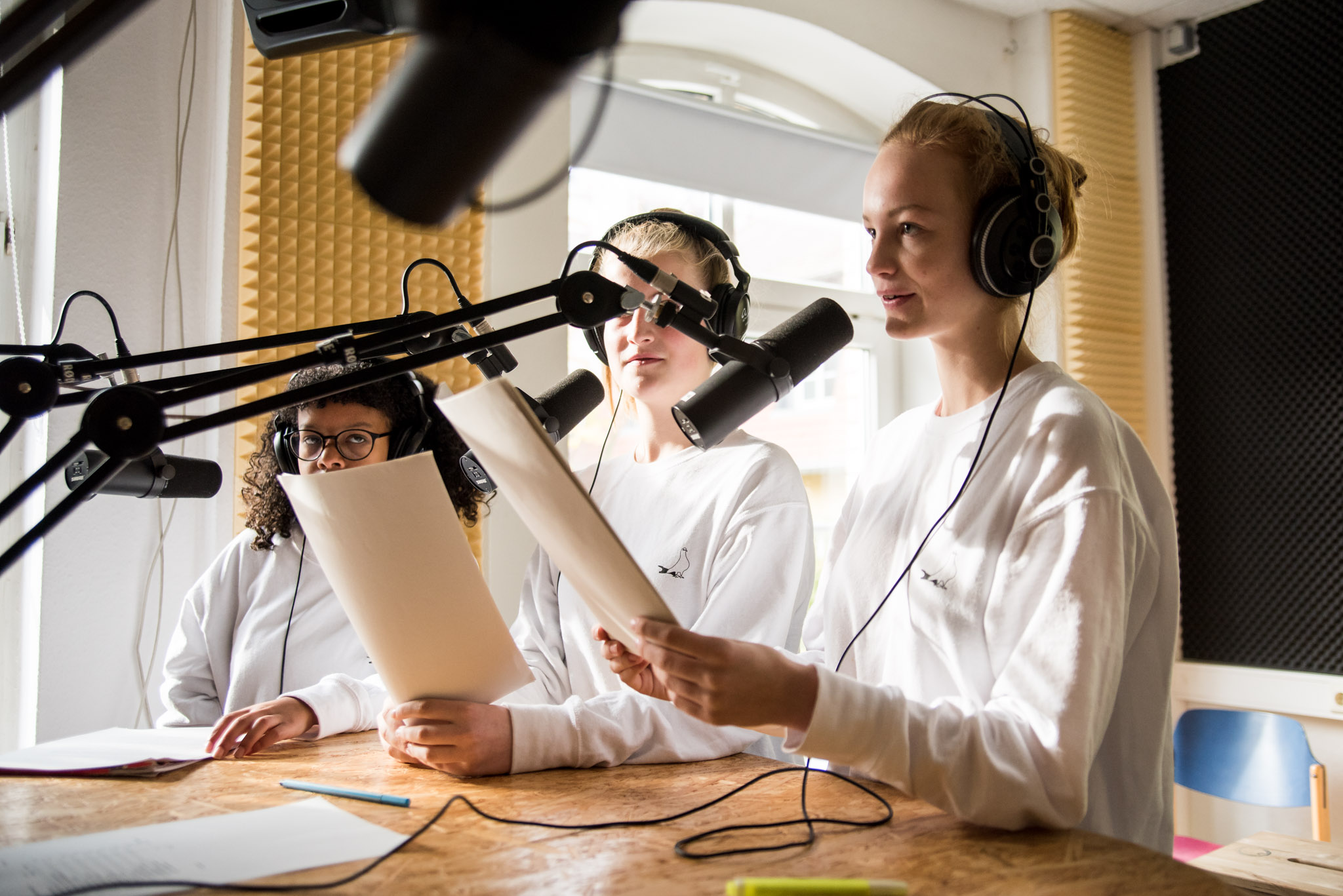In her film Brett Story narrates the history of prisoners and looks at the reasons for their imprisonment. She highlights the absurdities of the US prison system and examines the connection of spaces, places, surroundings and people.

What sticks out are the beautiful images of small towns, cities and transportation routes. However, the film never shows a prison from the inside. This has no relevance for telling the story of the film, but would have probably helped meet the expectations of many viewers as well as improved the narration.
Lets look at it more closely: The United States has imprisoned more than two million people, making it the state with the greatest imprisoned population. With this the land of the free has, for many, become the land of the imprisoned. It becomes highligh problematic when people are imprisoned for practising their fundamental rights, as in many cases the freedom of speech.
Brett Story believes that the origin of the sitaution in the United States at the moment lys within the politics of the Nixon era. During this time, many were imprisoned for protesting in Washington against the Vietnam War. This was the beginning of a political course that has intensified in the following decades.

This especially expresses itsself in the laws on the war on terror which treats every citizen as a potential terrorist.
But also much smaller delicts can send you to jail in the United States, as for example the non-cooperation with state authorities or the refusal to pay a parking ticket. These „criminals“ tell their stories in „The Prison in Twelve Landscapes“.
A topic that is not addressed in the film is the prison-like FEMA-Camps, which are being built for hundreds of people by the US Federal Emergency Management Agency. According to Brett Story a complete misinvestment – instead of building new prisons, one could build new living houses from this money.
Here is the trailer of „The Prison in Twelve Landscapes“:
Author: Jacob





